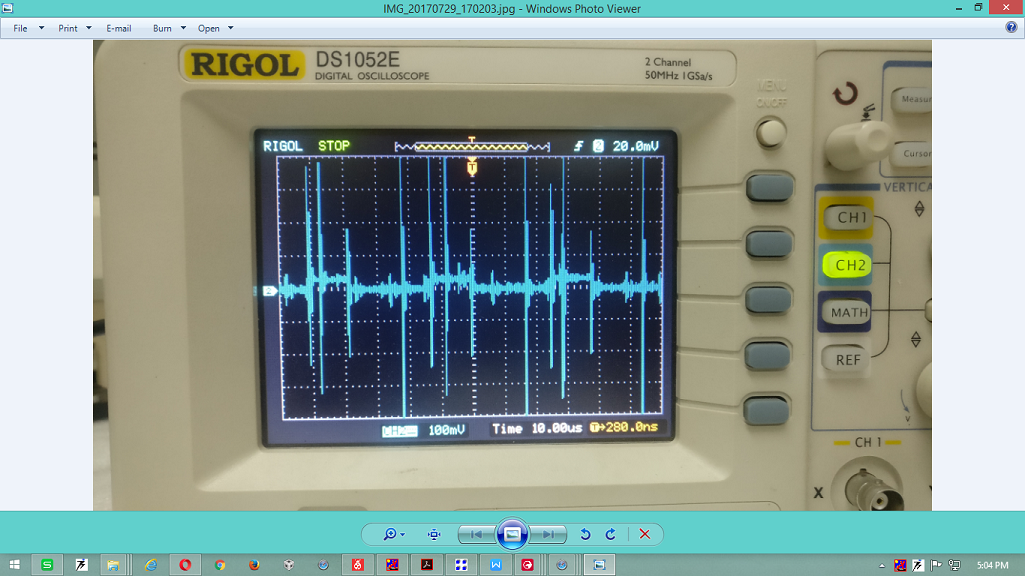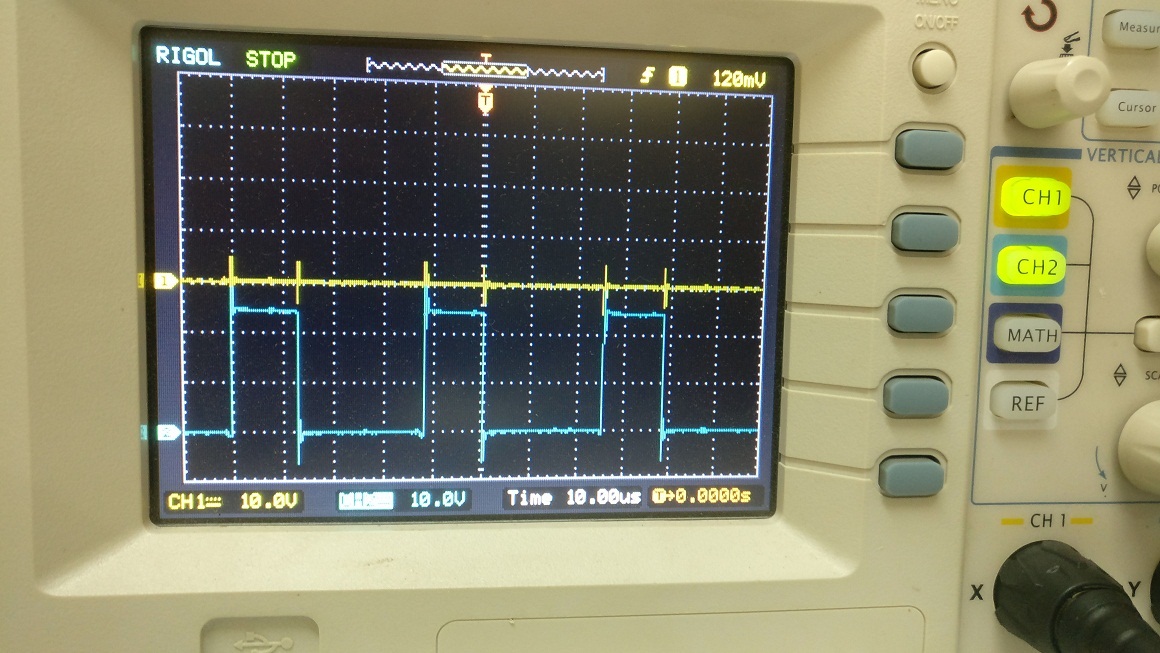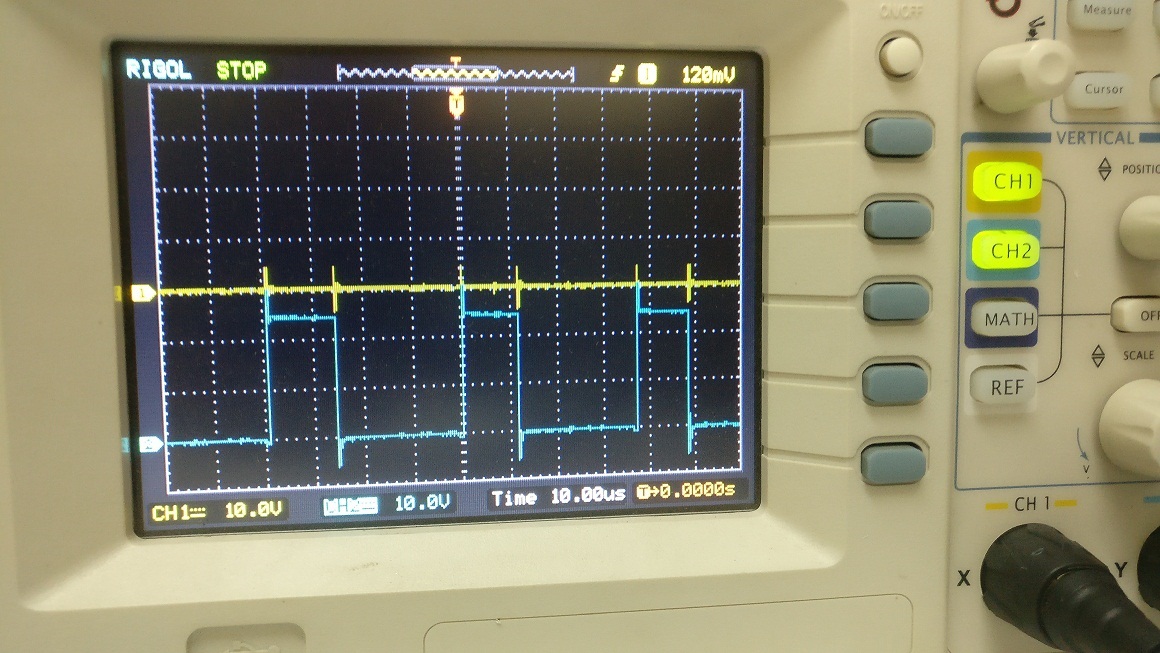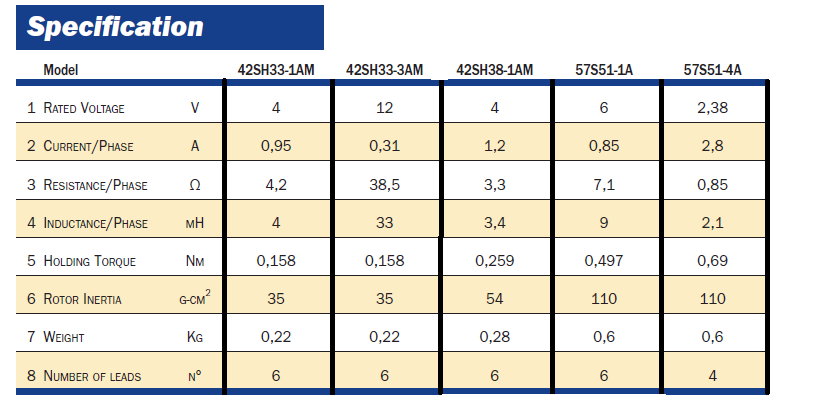Other Parts Discussed in Thread: DRV8886AT, DRV8880, ,
Hi ,
1) Where should I connect my Oscilloscope probe to get the wave foam for winding current ?
2) I am not getting a smooth and fine wave foam when connect to the sensing resistor pads , why?
3) Is the current probe is must for doing the motor tuning?
I am using the Oscilloscope -RIGOL 1052E and the china stepper motor( I=1A ,R=6.6ohm, L=8.2mH) DPM57SH51-1A.
Please help.




 please see the samples AOUT1 & AOUT2 in order
please see the samples AOUT1 & AOUT2 in order


